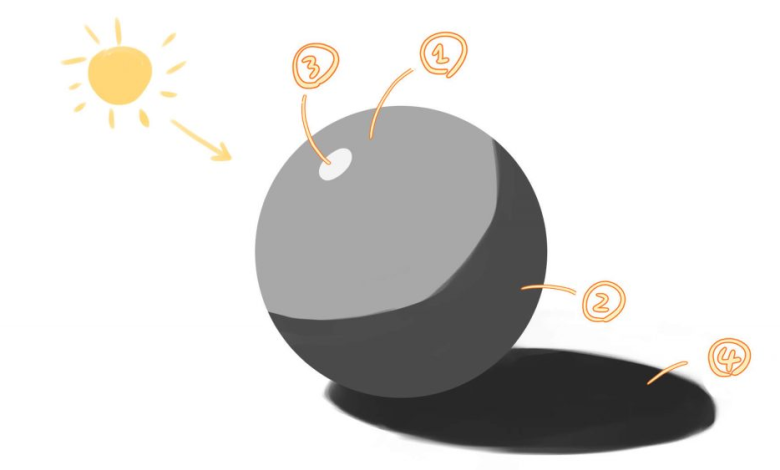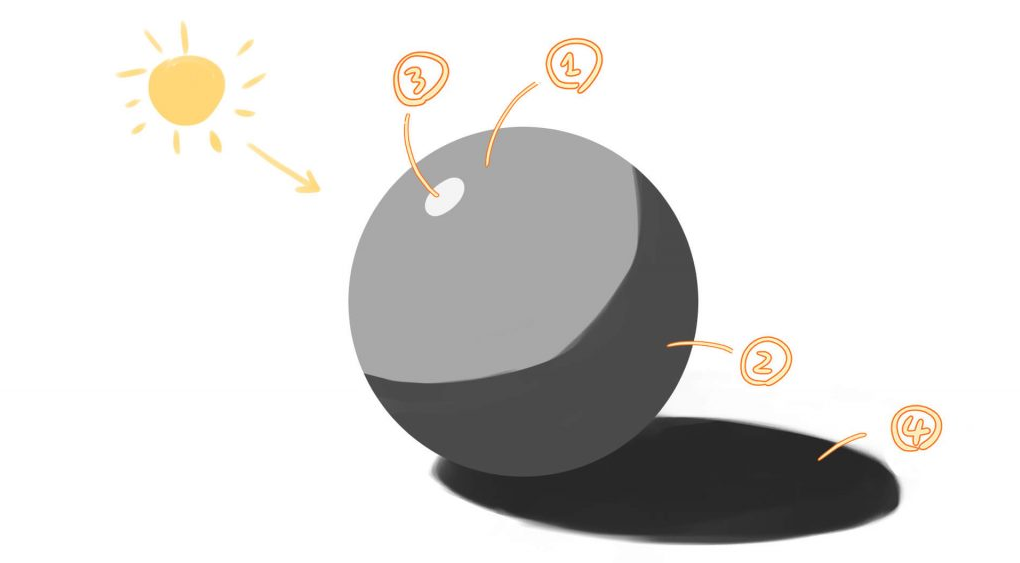Beyond Flat Surfaces_ Exploring the World of Dimensional Effects

In the realm of design and creativity, the power of texture and depth cannot be underestimated. While flat surfaces have their allure, incorporating dimensional effects can elevate any project from ordinary to extraordinary. One such technique that adds a captivating tactile element to various creations is embossing.
Embossing, a form of dimensional effect, involves raising the surface of a material to create a design that stands out, quite literally, from the background. This captivating technique not only adds visual interest but also engages the sense of touch, making it a versatile and compelling tool for artists, designers, and crafters.

Understanding Dimensional Effects and Embossing
To truly grasp the potential of embossing and other dimensional effects, it’s essential to delve into the creative process. Embossing is the art of creating raised patterns or designs on the surface of a material, often done by pressing or molding the material using specialized tools and heat. This manipulation of the material results in an elevated and textured design that catches the light and adds a sense of luxury to any piece.
In addition to embossing, other techniques fall under the umbrella of dimensional effects, such as debossing and engraving. Debossing is the opposite of embossing; instead of raising the design, it involves creating a sunken impression on the material. Engraving, on the other hand, involves carving designs into the material’s surface, adding a unique and intricate touch to the final product.
Exploring the Applications of Dimensional Effects
The versatility of dimensional effects like embossing opens up a world of possibilities in various creative domains. One of the most common applications of embossing can be found in the realm of graphic design and printing. Business cards, stationery, and marketing materials can be transformed into impressive works of art with the addition of embossed details. The raised textures not only enhance the visual appeal but also leave a lasting impression on recipients.
Packaging and labeling also benefit from the allure of embossing. By adding tactile elements to product packaging, brands can create a memorable and premium experience for their customers. Embossed logos or patterns on boxes, bags, and labels convey a sense of luxury and sophistication, enticing consumers to explore the product further.
Beyond commercial applications, dimensional effects like embossing are highly sought after in the world of arts and crafts. DIY enthusiasts often incorporate embossing techniques in their projects, such as scrapbooking and card making. By embossing elements like flowers, borders, or lettering, crafters add depth and elegance to their creations, making them stand out among ordinary flat designs.
Even in the world of product design, embossing plays a significant role. From fashion accessories like leather handbags and belts to home decor items like metal vases and picture frames, embossed details can transform everyday objects into extraordinary works of art. By incorporating embossing, designers can add sophistication and character to their creations, appealing to discerning consumers who value unique and well-crafted pieces.
Techniques and Tools for Dimensional Effects
Embossing involves a combination of skill, technique, and the right tools to achieve stunning results. There are two primary techniques used in embossing: dry embossing and heat embossing.
Dry embossing involves using embossing folders or stencils to create the desired design on the material. The material is placed between the two sides of the folder,And pressure is applied using an embossing machine or a stylus. The result is a raised pattern that imitates the design of the folder.
Heat embossing, on the other hand, is achieved using embossing powders and a heat tool. A stamp pad with slow-drying ink is used to stamp the desired design on the material. Embossing powder is then sprinkled onto the stamped image, and excess powder is tapped off. Finally, a heat tool is used to melt and set the powder, creating a raised glossy effect.
To embark on an embossing adventure, a range of tools and equipment is required. Embossing machines, stylus tools, embossing folders, heat guns, embossing powders, and stamp pads are some of the essential items that artists and crafters need to master the art of dimensional effects.
Tips and Tricks for Successful Dimensional Effects
While embossing can be a rewarding and captivating technique, there are some essential tips and tricks to ensure successful outcomes. Firstly, selecting the right materials is crucial. Not all materials are suitable for embossing, so it’s important to choose those that can withstand the heat or pressure involved in the process.
Preparing the surface before embossing is also vital. Smoothing the material and removing any dirt or grease will result in cleaner embossed designs. Additionally, experimenting with different design elements, such as patterns, motifs, and combinations of embossing techniques, can yield fascinating results.
However, like any creative endeavor, embossing has its challenges. Troubleshooting common issues like incomplete embossing or excessive powder scattering can be overcome with practice, patience, and attention to detail.
Also Read: Cold Turkey the Best Way to Quit Smoking?
Inspiring Examples of Dimensional Effects
To ignite your imagination, let’s explore some inspiring examples of dimensional effects in various industries. In the realm of stationery and business cards, embossed logos, borders, or even raised monograms add a touch of elegance and professionalism. In the fashion industry, embossed patterns on leather accessories create a tactile experience that exudes luxury and craftsmanship. In the world of home decor, embossed metal accents on furniture or textured wallpapers transform spaces into visually captivating and inviting havens.
Conclusion
Dimensional effects, such as embossing, open up a world of creativity and elevate designs from ordinary to extraordinary. Whether used in graphic design, crafts, product packaging, or beyond, embossing adds texture, depth, and sophistication to any project. By exploring the art of dimensional effects, artists, designers, and crafters can unlock a new realm of possibilities and create awe-inspiring creations that captivate both the eye and the touch.





